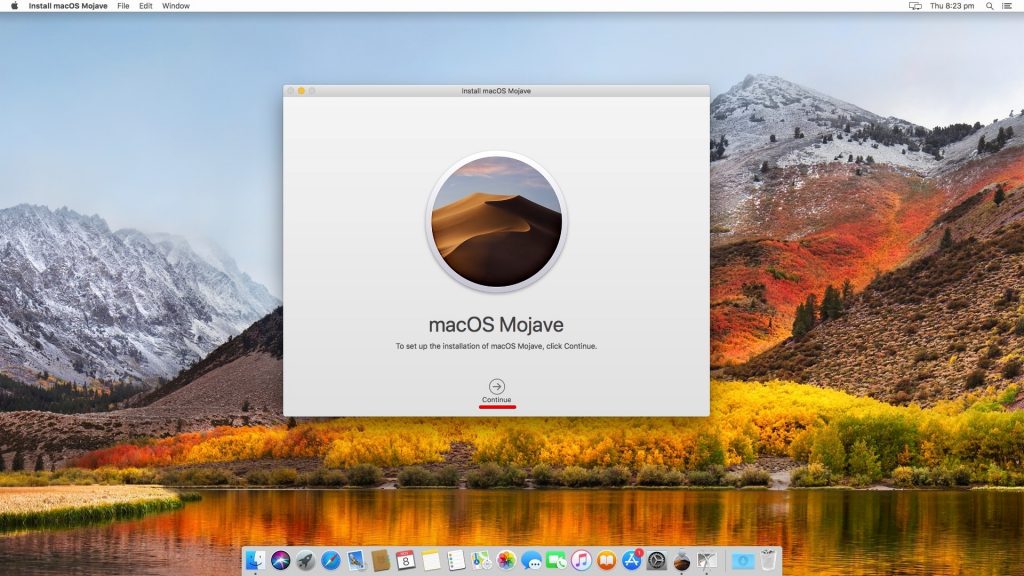

These devices include Apple’s T2 security chip providing secure boot, encrypted storage, live “Hey Siri” commands, and more. It also applies to the iMac Pro released in 2017 and newer.

This step applies to MacBook Pro, MacBook Air, and Mac mini models released in 2018 and newer. If you need help backing up your Mac, follow these step-by-step instructions. S mode: What’s the difference?īest VPN services 2023: today’s top picksĬaktus AI: How to use the ChatGPT alternative that can write essays for you Just know that you have options beyond Apple's. There will surely also be many great Linux variants that will likely run decently on your iMac that you will surely be able to run on your iMac well past 2023. If, in two years time, you find yourself still wanting to use that computer but not happy with the fact that you won't have a supported OS, Windows 8.1 and Windows Server 2012 R2 both have support through 2023. In the interim, I would look into a new Mac.


Just more that your iMac likely won't have that great of a time even if you are successful. That's not to say that a good old fashioned session of hackery isn't fun. Though you can hack Mojave onto your current system, my main question to you is why? If you feel the need to test out Mojave's features, I'd strongly recommend buying the latest version of VMware Fusion, spinning up a VM and installing Mojave on that VM. This means that, even though your iMac is not compatible with Mojave, you can stay on High Sierra and know that Apple will still patch your OS for another two years. I'm going to echo Nermal's comments in this thread so far: Though it is not an officially stated practice, Apple will support an OS with regular updates until its successor is released, at which point it gets regular security updates until it reaches the point where it is three versions behind the then-current.


 0 kommentar(er)
0 kommentar(er)
